Picking up where I left off in my last post’s evaluation of “The Fog of War: D-Day and Robert Capa,” the feature article by Bruce Young about the investigation of the Capa D-Day myth ongoing here at this blog, published in the current issue (January-February 2015) of News Photographer, house organ of the National Press Photographers Association (NPPA):
Young follows his brief, odd biographical note describing me, and his 720-word section titled “What Does Coleman Say?” that includes a grand total of 31 words of mine, with an expatiation on the vagaries of memory, especially under stress (630 words).
Do the Hokey-Pokey with Bruce
This serves as prelude to his offering up “A Theory,” Young’s own Theory of Everything Capa D-Day, which he had floated past J. Ross Baughman (in November-December 2014) and then me (in January 2015), in the guise of what he described as a “devil’s advocate” hypothesis to which he asked us to respond: “[I]t has occurred to me that there is a scenario that more or less accounts for everybody’s beliefs and questions,” he wrote to us. (As a professor of mine used to ask whenever one of us used that phrase, “Which is it — more, or less?” In this instance definitely less, I’d say.)
It has as its implicit premise the belief that, since everyone’s entitled to his or her opinion (“We all can have our theories”), all opinions carry equal weight, and this presumably “neutral piece accounting for everyone’s stories and claims” just wouldn’t be complete without including Young’s — an attitude clearly encouraged by his indulgent editor. From our separate vantage points, both Baughman and I shot full of holes his farfetched attempt to save the appearances. Yet here it raises its head in print, unfazed by our detailing its disconnection from fact and logic. Clearly Young planned all along to trot this out in the article, pretty much verbatim as he presented it to us. (This gets 1440 words, or roughly 20 percent of the article.)
Basically, Young boldly sallies forth therein to make Capa’s and Morris’s accounts plausible, or at least palatable, in ways that at the very least do not reflect badly on either of them and at best exculpate them. It boils down to the faith-based notion that if you take a mix of amateur psychoanalysis, “fog of war” uncertainty (because Robert Capa!), and a tolerance of truthiness (because John Morris!), add a dollop of the whipped cream of general forgiveness (because legends of photojournalism!), put a cherry on top in the form of a quote from a Worsdworth poem that has nothing to do with the article but includes the phrase “battles long ago,” and then you turn yourself around and you shake it all about, you can “more or less” reconcile the discrepancies, fabrications, misdirections, errors of fact, elisions, improbabilities, impossibilities, inconsistencies, and inherent contradictions embedded within Capa’s and Morris’s various divergent accounts.
Maybe you can believe it if it helps you to sleep, but singing works just fine for me.
Come Forth into the Light of Things
Speaking of singing, Young — who wrote to me that he considered the act of putting quotation marks around the word critic to constitute “clever wordplay” on his part — doesn’t grasp the irony in his choice of epigram. In Wordsworth’s poem “The Solitary Reaper,” a stanza of which leads off the article, the narrator — Wordsworth himself, presumably — while ambling about the countryside sees and hears a girl singing in the fields as she works. He doesn’t know the language she sings in, is thus clueless in regard to her song’s actual subject matter and meaning, but he’s enchanted by the music, and by the vision of her as she sings while harvesting.
That’s Young in a nutshell, adoring the sound and mood of the classic Capa-Morris D-Day story but oblivious to its actual content and the related hard evidence. This is where a watchful editor traditionally keeps an overreaching journalist from embarrassing himself, but Winslow, equally committed to the myth, undertook his supervisory role here with blinders on. (As photographer and teacher Richard Kirstel was wont to say, “Ignorance is a condition; dumbness is a commitment.”)
Credit Where Due
Young does make one useful contribution to the investigation, which I truly appreciate and hereby acknowledge. He found people who certify that they knew or knew of the hitherto mysterious and elusive “darkroom lad” Denis (not Dennis) Banks. Russell Burrows (photojournalist Larry’s son) has childhood memories of his father referring regularly to Banks, while British photographer Brian Seed, who worked under contract for Time-Life, remembers him in some detail based on personal encounters. These recollections leave me convinced of Banks’s existence, another formerly open question I happily cross off the list. (Young manages this in 325 words, which means the valuable part of his essay occupies about four percent of its length.)
But of course that in no way verifies the fable of the melted emulsions — neither the original version, now discredited, in which Banks actually caused that to happen, nor the new version, in which the 15-year-old Banks somehow concluded incorrectly that he’d “ruined” Capa’s films and convinced Morris that he’d done so, whereupon darkroom chief “Braddy” Bradshaw and LIFE photographer Hans Wild — both there that night, both of whom would certainly have known better — decided to allow Morris to take that at face value and thus let Banks go through life holding himself responsible (and being held so by others) for destroying priceless documentation of the Normandy landing that never actually existed.
Stone Soup
Next comes a passage about how, despite hanging around photographers his entire adult life, handling their negatives and prints and listening to them talk shop, John Morris has managed to remain totally ignorant of darkroom procedures, to the extent of having no ability even now to distinguish between overexposed, underexposed, unexposed, fogged, and physically damaged negatives. Followed by three paragraphs, buried amidst all this, in which Young quietly concedes that, one way or another, Capa almost certainly made no more than the ten exposures we have during his short stay on Omaha Beach.
Then we arrive at “So What Happened?” — a bubbling 1900-word pot of stone soup, into which Young has thrown a bit of whatever came to hand. Dirck Halstead (who, as a teenager, showed up at Capa’s funeral and photographed it), acknowledging the possibility that Capa made only the paltry few images that survive on Omaha Beach. Chaotic conditions and logistical snafus during the landing. Several historians on the horrors of warfare and how it can drive men mad. A paragraph from Alex Kershaw’s unauthorized 2003 Capa biography, about Capa’s body language and facial expression in a pre-invasion group shot. A mention of the loss by designated couriers of other photographers’ films. Bits from the authorized 1985 biography of Capa by the late Richard Whelan. LIFE photographer Myron Davis on leaving battlefields early with your film. More of Young’s own Theory of Everything. Omitting only the kitchen sink.
“What happened? Who can say.” Thus Young’s own conclusion. He leaves the last word to John Loengard, ex-LIFE staff photographer turned author and LIFE historian: “Wondering why people haven’t questioned the story of Capa’s D-Day film … Why bother? People like the story. And it’s a better story than that Capa bugged out after snapping only 11 frames, if that’s what happened. … Of course, none of this matters. … If he had never photographed on D-Day (or during the Civil War in Spain) his standing would be the same. His best work was done elsewhere.”
That Young would treat this statement as authoritative astounds me. With all due respect to Loengard (and I do respect him), I beg to differ. On everything immediately above. But especially on this: Photojournalism — like the work of writing history — must prioritize the search for truth and commitment to the facts, no matter how messy or disagreeable, over the entertainment value of a seductive narrative. Anything else thoroughly impeaches its credibility as a process of witnessing and/or bearing witness, not to mention making a mockery of any “code of ethics” for the profession. (There are no codes of ethics for graphic artists, nor for writers of poetry and fiction and drama, with good reason.)
Respect Yourself
In the guise of evenhandedness, this article proposes that its readers, professionals all, need to give some credence to much that simply makes no sense, including John Morris’s latest confabulation — his “new theory” that yes, Capa probably made only those ten exposures on Omaha Beach and then “just bundled all his 35 [35mm film] together [including three unexposed rolls] and just shipped it off back to London, knowing that on one of those rolls there would be the pictures he actually shot that morning.” Oh, and Morris just now remembered a never previously mentioned shipment of Capa’s pre-invasion films from the crossing that had come in earlier that day, magically transferred by Capa to photographer David Scherman elsewhere in that 5000-vessel blacked-out armada. And by the way, that whole melted-emulsion thing, the one that’s become an international meme thanks to 70 years of Morris repeating it — chalk that up to some sort of misunderstanding on the part of Denis Banks, whom Morris simply took at his word.
WTF?!?!?!?, as News Photographer editor Winslow put it so pithily in an unguarded moment, before he got back with the program. From my standpoint, asking the NPPA’s membership to take seriously these unlikely scenarios insults their intelligence. (I should add that I do not know many NPPA members.) In the event, when Young and Winslow do so, they function not as journalists but as thinly disguised Morris and Capa fanboys — effectively joining the conspiracy, de facto if not de jure.
Had Young and Winslow opted instead to actively contribute to this investigation, they could have asked questions not only of me, Baughman, and Morris, but also of Adrian Kelterborn (to whom Magnum Photos outsourced production of the TIME video with the faked negatives); Mark Lubell, former head of Magnum and now head of the International Center of Photography, who approved that tainted TIME video before he left Magnum; Cynthia Young, curator of the Capa Archive at the ICP; and several others.
For whatever reason — cowed by these people? muzzled by his editor? uninterested in the institutional structure of the Capa industry? unwilling to follow the money? — Bruce Young squandered the weight his NPPA credential might have lent to his inquiries, and explored nothing with any of them. An opportunity lost. Count that as the trickle-down effect of editor Donald Winslow’s “scrupulous passivity” in regard to the revelation of long-term duplicity.
Can’t Make Them Drink
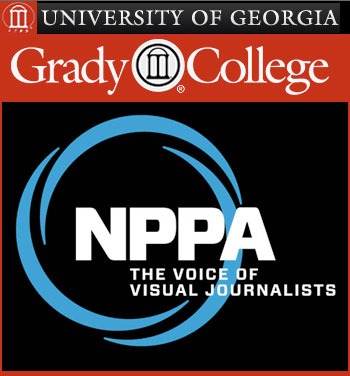 Be that as it may, Ross Baughman and I have done our best to lead the NPPA’s horses to water — including not just Winslow and Young but the membership at large, who comprise almost the entire circulation base of this house organ. At the very least, through this article the readers of News Photographer have learned that strong evidence supports the following conclusions:
Be that as it may, Ross Baughman and I have done our best to lead the NPPA’s horses to water — including not just Winslow and Young but the membership at large, who comprise almost the entire circulation base of this house organ. At the very least, through this article the readers of News Photographer have learned that strong evidence supports the following conclusions:
• Robert Capa spent no more than half an hour on Omaha Beach on D-Day.
• He made no more than eleven 35mm exposures there, possibly only the ten that we have.
• He failed in his professional obligation to get them back to his picture editor, John Morris, as expeditiously as possible, thus putting LIFE‘s London office in crisis mode.
• None of his negatives got “ruined” in a post-processing disaster in LIFE‘s London darkroom.
• Thus Morris never “saved” or “salvaged” any of Capa’s images that night; he simply edited and packaged what scant output Capa belatedly delivered.
That’s a start, because once you digest those ideas the entire received version begins to unravel, and Morris’s “new theory” falls apart upon closer scrutiny. Publication of this article may prompt a few of those who engage with it to explore the unfiltered version of our researches. I feel confident that, despite Young and Winslow’s decision not to provide the URL of my blog, readers of News Photographer who want to delve into the investigation will find their way to it. (A simple web search for “coleman capa d-day” would do the trick.)
So it goes. Those of us committed to serious investigation (as distinct from the junk journalism manifestly in vogue at the NPPA) will push on. Coming attractions: Ross Baughman has his own response to this NPPA story; Charles Herrick’s close reading of Capa’s D-Day images will reveal, for the first time, the unsung heroes hard at work under fire in those pictures; and I will examine in depth the International Center of Photography’s central role in this long-term cover-up.
I should add, in closing, that while the NPPA may consider this vaporous, self-indulgent puff piece an adequate response to my June 2014 request for a formal investigation by its Ethics Committee, I don’t share that opinion. They still owe me an acknowledgement of receipt of that complaint, an apology for their tardy response, and, at the very least, a letter recusing themselves from any inquiry due to blatant conflict of interest.
•
(Note: Most of the detailed responses to Young’s questions that I emailed to him in January, some 7000 words’ worth, I’ve since folded into either these commentaries on the NPPA and Young’s article or a previous cluster dismantling John Morris’s responses to the questions Young posed to him.)
•
(For an index of links to all posts in this series, click here.)



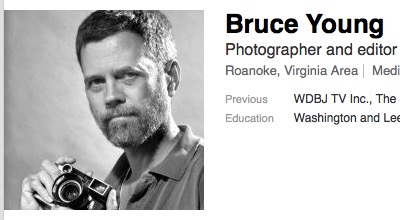
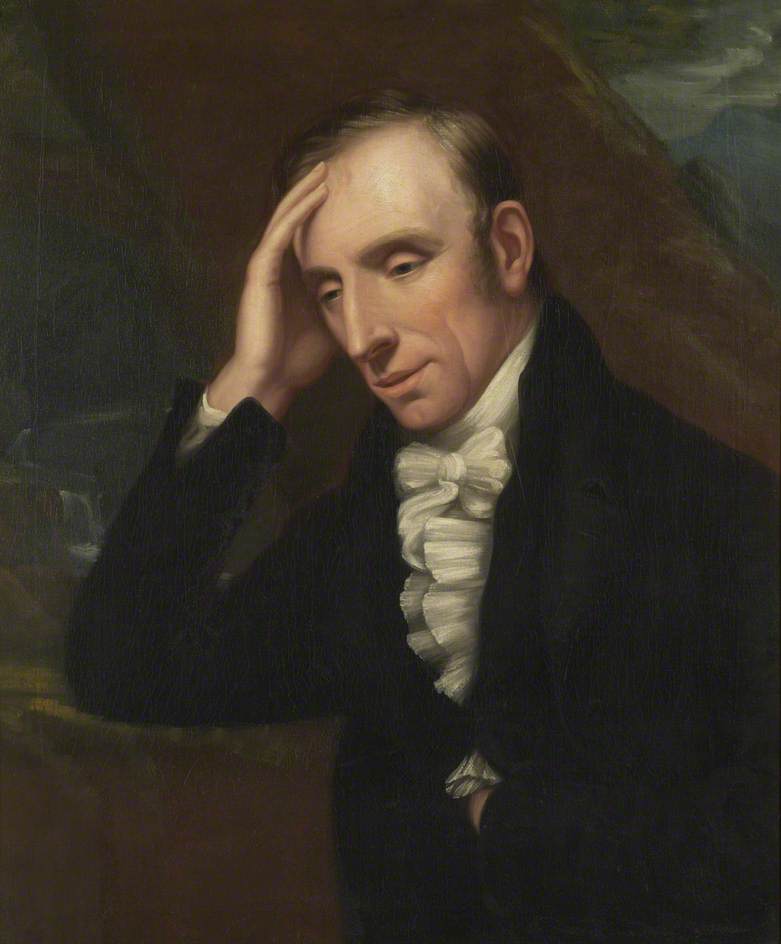

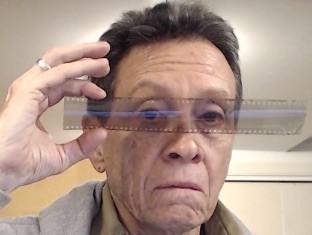
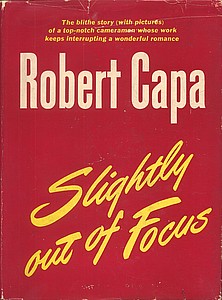
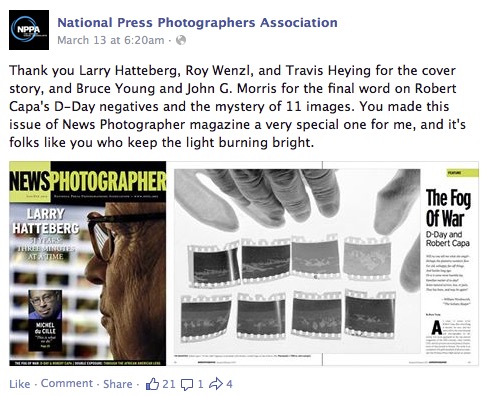
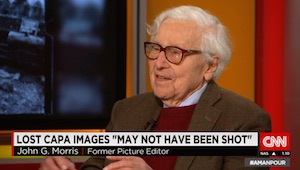
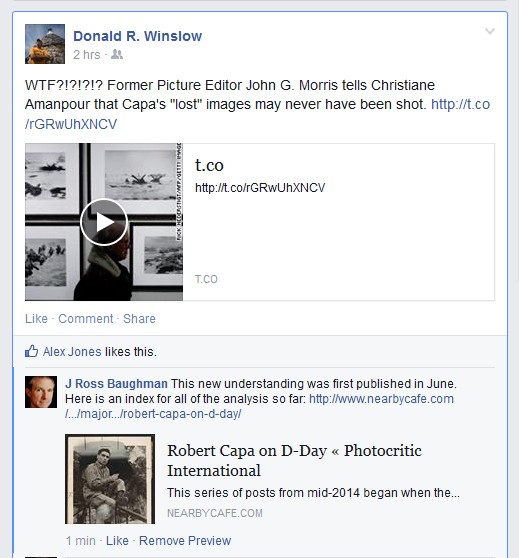





Leave a Comment